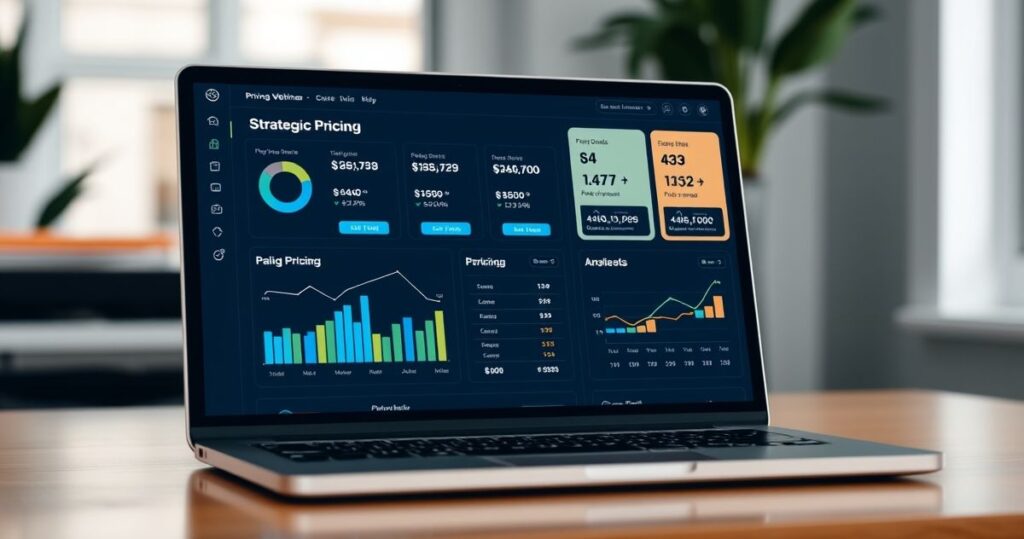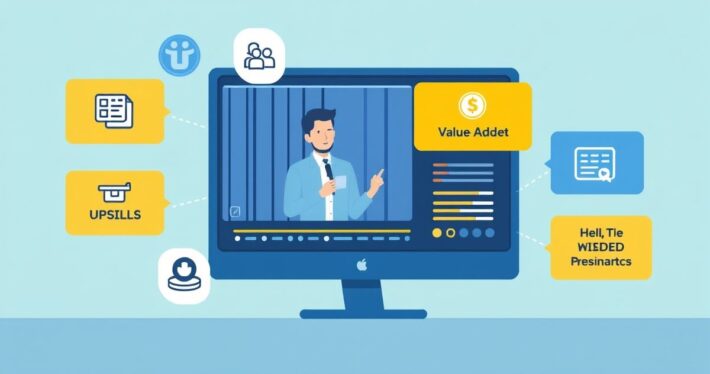Best Pricing Strategies for Paid Webinars

Introduction: The Importance of Pricing Strategies for Paid Webinars
Pricing your paid webinars correctly is a delicate balancing act. Set the price too high, and you might scare off potential attendees; set it too low, and you risk undervaluing your expertise. The right pricing strategy can make or break your webinar’s success. So, how do you find that sweet spot? Let’s dive into the best pricing strategies for paid webinars, backed by expert insights and real-world examples.
Why Pricing Matters in the Webinar World
First things first: why is pricing so crucial for paid webinars? Well, your pricing strategy directly impacts your revenue, conversion rates, and perceived value. A well-priced webinar attracts the right audience, conveys the value of your content, and ensures you’re compensated fairly for your expertise. But pricing isn’t just about numbers; it’s about psychology. People associate price with value, and your pricing strategy should reflect the quality and exclusivity of your webinar.
Understanding Your Audience: The Foundation of Pricing
Before you can set a price, you need to understand your audience. Who are they? What’s their budget? What are their pain points? Conducting audience research is the first step in determining the right pricing strategy. Tools like surveys, social media polls, and email campaigns can provide valuable insights into what your audience is willing to pay. Remember, your webinar is a solution to their problem, and your price should reflect the value of that solution.
The Cost-Plus Pricing Model
One of the simplest pricing strategies is the cost-plus model. Here’s how it works: calculate all the costs associated with creating and running your webinar (e.g., software, marketing, time) and then add a markup to ensure a profit. This model is straightforward and ensures you cover your expenses, but it doesn’t take into account the value you’re providing. It’s a good starting point, but it might not maximize your revenue potential.
Value-Based Pricing: Aligning Price with Perceived Value
Value-based pricing is all about aligning your price with the perceived value of your webinar. This strategy requires a deep understanding of your audience’s needs and the benefits they’ll gain from attending. For example, if your webinar offers exclusive insights that can help attendees save money or time, you can justify a higher price. The key here is to communicate the value effectively in your marketing materials. Use testimonials, case studies, and detailed outlines to show potential attendees why your webinar is worth the investment.
Tiered Pricing: Offering Options to Maximize Revenue
Tiered pricing is a popular strategy for paid webinars, offering different price points with varying levels of access or bonuses. For instance, you could offer a basic ticket for $50, a premium ticket for $100 with additional Q&A sessions, and a VIP ticket for $200 that includes one-on-one coaching. This approach caters to different segments of your audience and allows you to maximize revenue. It’s also a great way to upsell without alienating budget-conscious attendees.
Early Bird Pricing: Creating Urgency and Incentivizing Early Sign-Ups
Early bird pricing is an effective way to create urgency and incentivize early sign-ups. By offering a discounted rate for those who register early, you can boost attendance and generate buzz around your webinar. However, it’s essential to set a clear deadline and communicate the value of the early bird offer. Make sure the discount is significant enough to motivate action but not so steep that it devalues your webinar.
Bundle Pricing: Increasing Value Perception
Bundle pricing involves offering multiple webinars or related products at a discounted rate. For example, you could sell a series of webinars on related topics at a bundle price that’s lower than buying each one individually. This strategy increases the perceived value and encourages attendees to commit to more content. It’s a win-win: attendees get more for their money, and you increase your overall revenue.
Risk Reversal: Making the Decision Easier
Risk reversal is a pricing strategy that reduces the perceived risk for attendees. Offering a money-back guarantee or a free trial period can make it easier for potential attendees to say yes. This strategy works particularly well for webinars with a higher price point, as it reassures attendees that they’re making a safe investment. Just make sure you deliver on your promises to maintain trust and credibility.
Case Study: A Real-World Example of Successful Pricing
Let’s look at a real-world example to illustrate these strategies in action. Imagine a marketing agency offering a webinar on advanced SEO techniques. They decide to use a tiered pricing model: a basic ticket for $50, a premium ticket for $100 with a Q&A session, and a VIP ticket for $200 that includes a personalized SEO audit. To create urgency, they offer an early bird discount of 20% for the first 50 sign-ups. They also offer a money-back guarantee to reduce risk. The result? The webinar sells out within two weeks, with 70% of attendees opting for the premium or VIP tickets.
Conclusion: Finding the Right Pricing Strategy for Your Webinar
Pricing your paid webinar is both an art and a science. It requires a deep understanding of your audience, a clear articulation of your value, and a strategic approach to pricing models. Whether you choose a cost-plus, value-based, tiered, early bird, bundle, or risk-reversal strategy, the key is to align your price with the value you’re providing and the needs of your audience. Experiment with different strategies, track your results, and don’t be afraid to adjust your pricing as you learn more about what works best for your audience.
Final Thoughts: The Journey to Perfect Pricing
Finding the perfect pricing strategy for your paid webinar isn’t a one-size-fits-all solution. It’s a journey that involves testing, learning, and adapting. But with the right approach, you can maximize your revenue, attract the right audience, and deliver value that leaves attendees eager for more. So, what’s your next step in mastering the art of webinar pricing?



